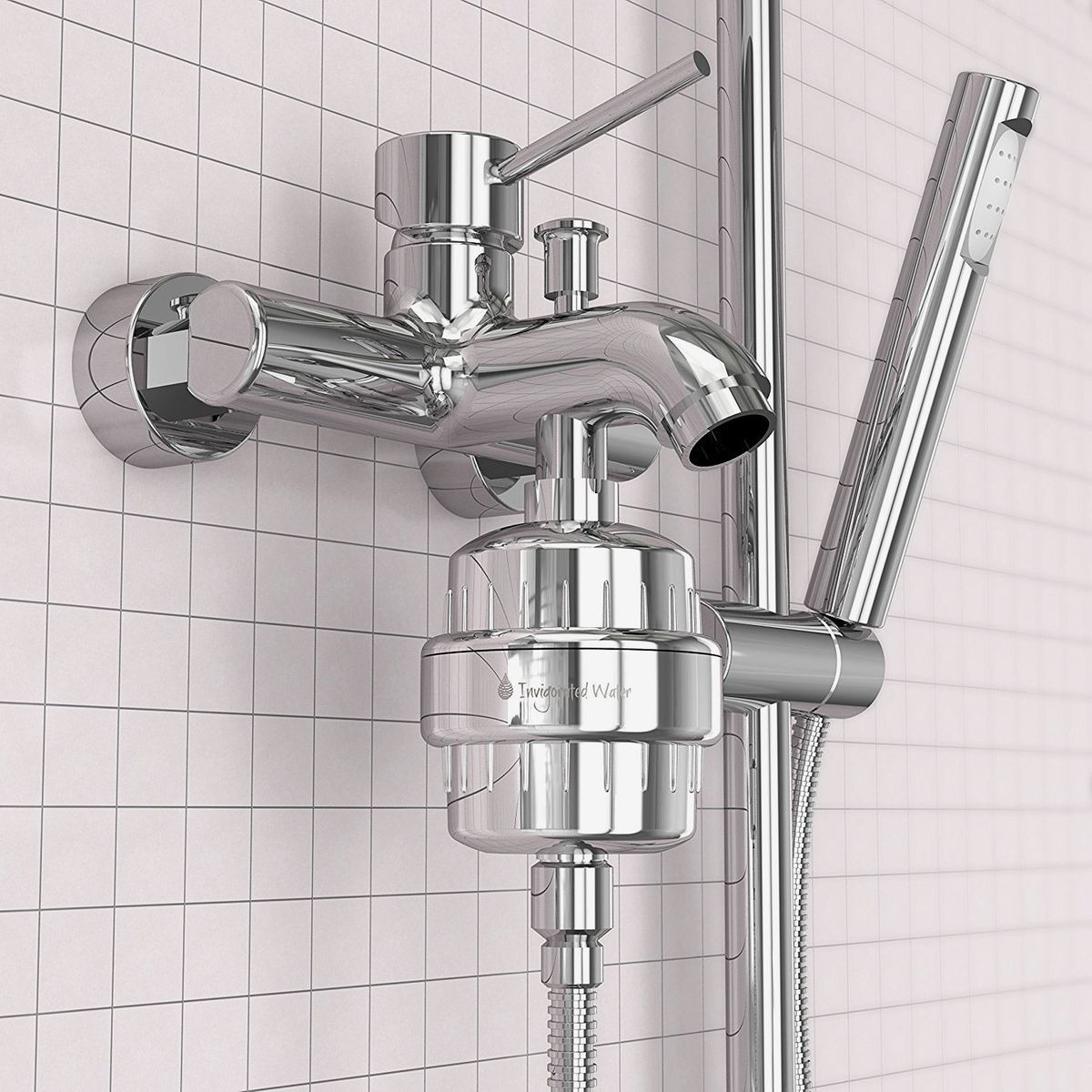Several greens can make your space alive. They don’t just pretty up a place. Potted plants, if you nurture them well, can yield you harvests of food.
It also cleans up the air around your living space. It’s tricky, though, to make them comfortable being put in containers, instead of being planted, in the ground. We have a set of handy tips you can apply to create a great home for your plants.
Growing Home Garden
Find A Place And Have A Selection
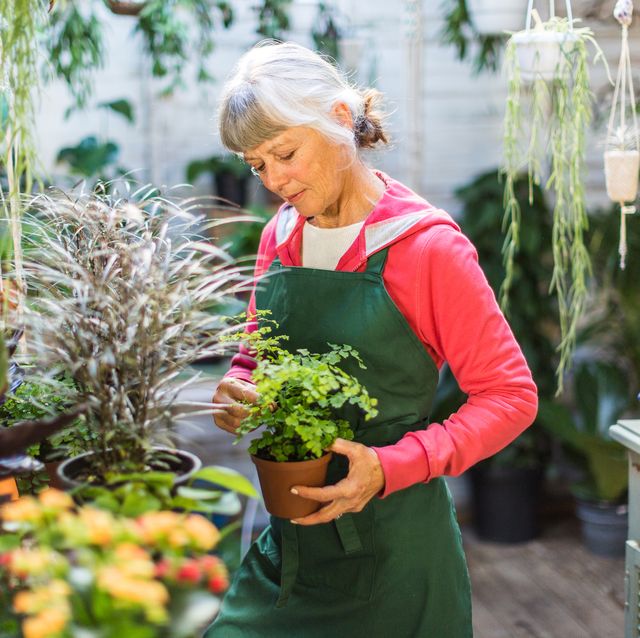
source: hearstapps.com
Before getting plants you want, scope out your place first. Choose a bright spot, and see what might fit there. All plants, both outdoor and indoor ones, do need light for photosynthesis. So make sure not to make them starving to light.
If you have already considered a place, choose the plants according to the light you have. For sun-loving plants, they won’t survive indoors, like jasmines and roses. While indoor ones also don’t survive in a sunny spot. For the shade-loving kind, you can choose sansevieria, box palms, Syngonium, and photos. Those will work well in a low-light environment.
Choose The Container
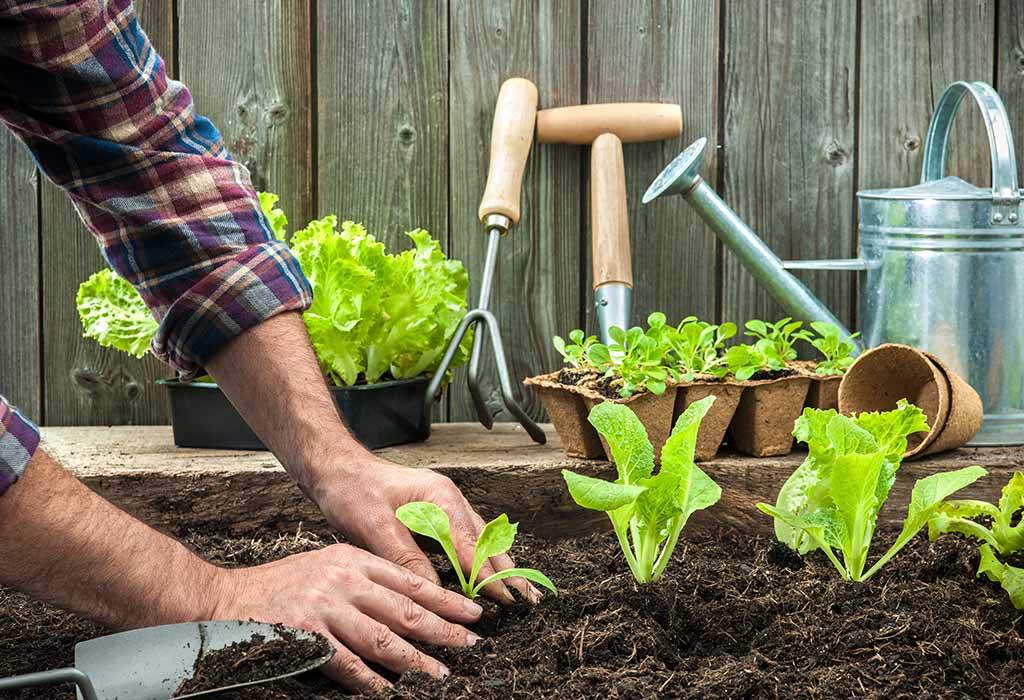
source: cdnparenting.com
When choosing containers, you will have wide options. Grow bags, clay pots, buckets, and even bottles can be a great growth space for your plants. Make sure that you choose a pot that allows enough space for roots to grow, so choose a container that is 25% taller than your plant.
After getting the right one, ensure them having a hole at the bottom to excess water. This helps the plants from rotting because to much water’s stagnation. Do not close the drainage hole to allow the water to excess when the container is overwatered. To free it from a clog, use broken tiles or pebbles around the holes.
Prepare The Medium
The potting medium or soil is not just soil, but it has to have a good balance of water, air, minerals, and organic matters. The organic matter can be found in compost that is generated from your home waste, while cocopeat and soil are good soil aerators.
The combinations that can do good with most plants are sand or cocopeat, red earth, and compost in the ratio 1:2:1. If you have succulents or cacti, add up the sand quotient. And if you’re not sure how to mix all the medium, you can select a ready-mixed potting media and fertilizers.
Fill The Pot And Plant
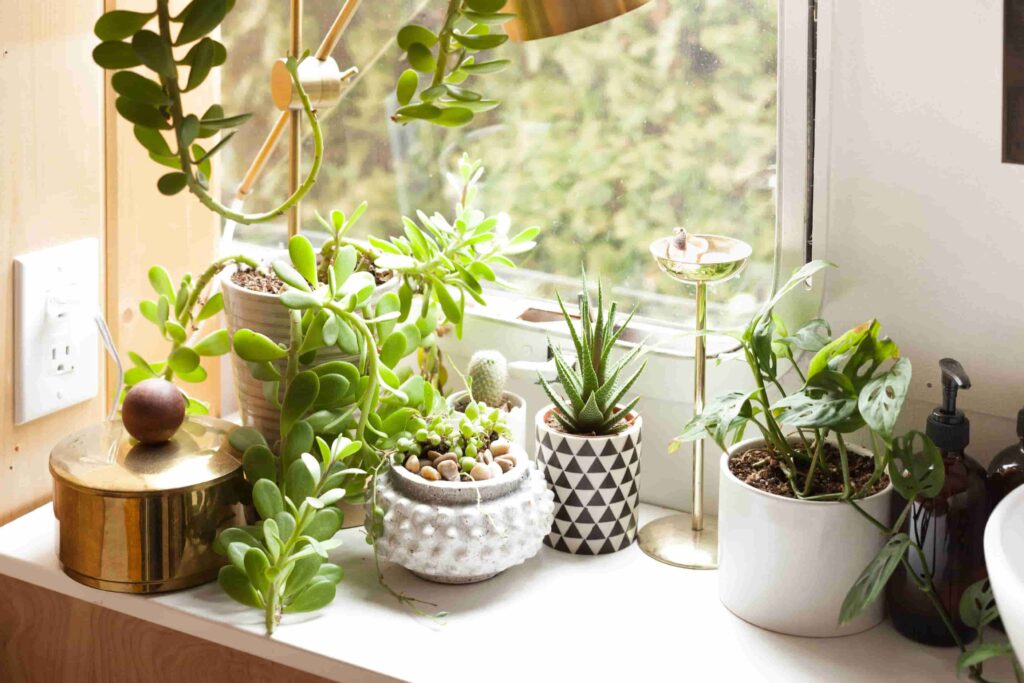
source: pinterest.com
Raking the planting medium first, or you can toss it in the air to make it crumbly and light. Next, full the pot, and leave about 3 cm from the top to water. Plant them firmly in the center of the container, and press the medium around the plant, and water it lightly until the water drains out at the bottom.
Watering And Fertilizing
For some plants, you don’t have to water them daily. Give it water only when its top surface looks dry. To check whether the water is stagnant, you can poke the drain hole with a stick or pencil. Do not overwater especially if it is a cactus or succulent. For those two, you can just water them several times a month.
Meanwhile, for the fertilization, give the pots some pinches of vermicompost or home compost every three months. The fertilizer is included in super lightweight composters, which makes it great home gardening. To know more you can visit Planted Pot or similar stores and see how they take care of their plants.
Deadheading
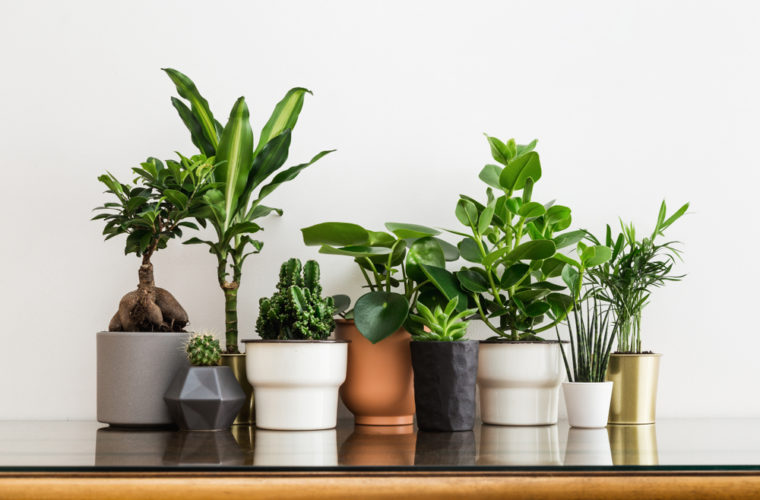
source: iloveqatar.net
Deadheading is essential. It is an activity to cut off or pinches the faded blooms. The purpose is to encourage the plant to produce more flowers. Some plants have many tiny stems and flowers, and it would be too time-consuming to pick off the individual flower.
For these types, you better shear them about one-third of the size. Later you will see that they will have new blooms and buds.
But some plants don’t require shearing. These self-cleaning plants usually bloom and disappear on their own. Some examples of them are browalia, diascia, mini petunias, and impatiens. If they flag late in summer, cut them by one-third to rejuvenate blooming.
How To Select The Container
Garden containers come from many different materials. The non-porous material is great to reduce watering needs during summer. This includes fiberglass, glazed ceramic, stone, resin, and metal containers. And the second tip is by choosing a big pot. Small pots can only hold a small volume of soil which means they will dry faster, while bigger pots will make you water them less frequently.
And if you’d like to move the plants to get maximum sun exposure, choose polystyrene foam pots or lightweight fabric planters to ease your work. Using household items for garden containers is also a good idea. But, ensure that the pots aren’t covered with paint that leads to health issues or soil contamination. No matter which pots you choose, the most important one is that they have a drainage hole because it matters for the plants.
What Plants To Choose
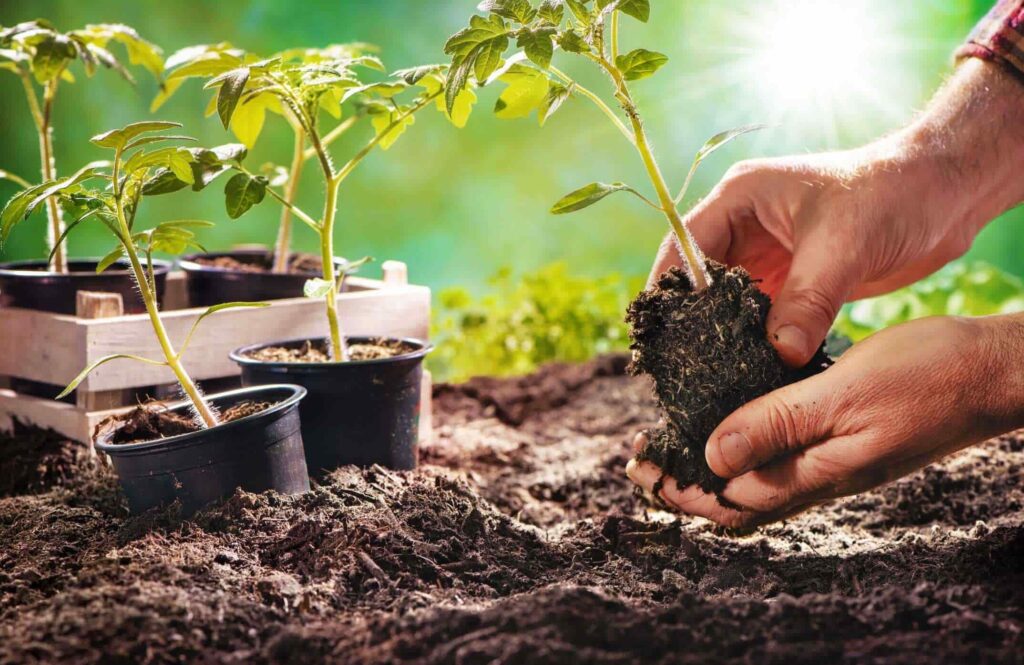
source: pinterest.com
There are several plants you can choose for your home garden. Flowers that are good for a sunny spot are Dahlia, African Daisy, Angelonia, Purple Fountain Grass, Verbena, Lantana, Tuberous Begonia, Zinnia, and many more. And for dark spot flowers including Torenia, Browallia, Impatiens, Fuchsia, and so on.
But if you are more plant-persons, these choices are good for shade and sunspace, including Ornamental Grass, Ornamental Sweet Potato Vine, Persian Shield, Ferns, Canna, Phormium, Coleus, and Caladium. While for flowers that can stand both dark and sunny place, you better choose Salvia, Scaevola, Nemesia, Mini Petunia, and Twinspur.
So many plants to have, and don’t forget to add some additional decorations to beautify your home space.



